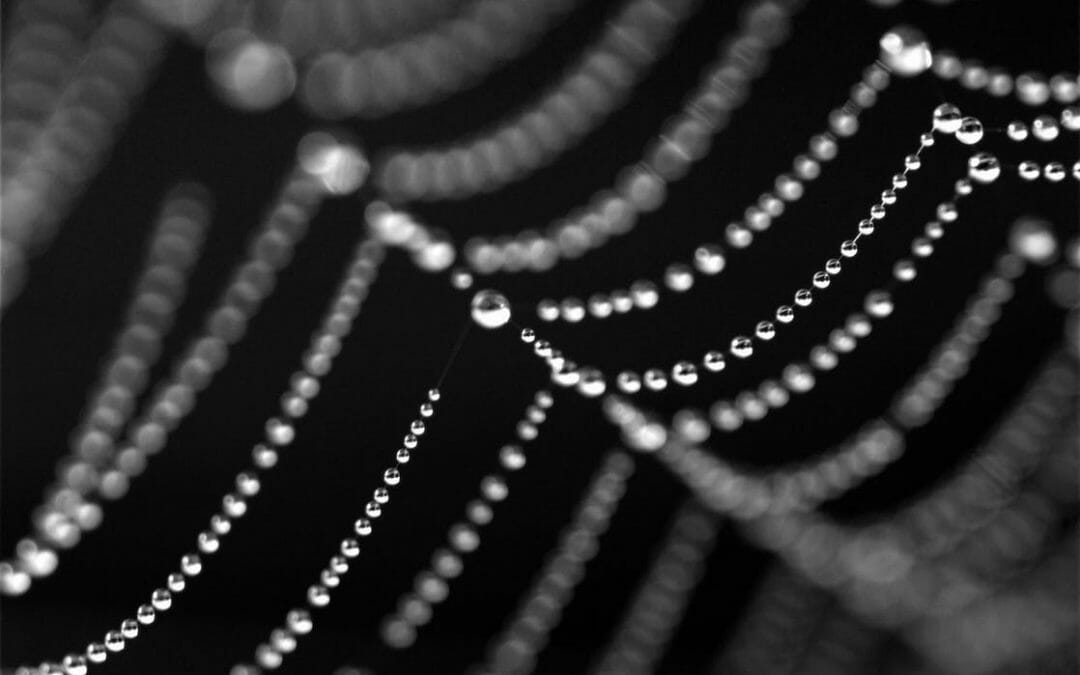Test your knowledge ~ The best way to take the Quiz is to answer all the questions before looking at answers found at the end of the Quiz.
1. To refer to features such as bearding, feathers, polish marks, and scratches, it’s appropriate to use the term:
(a) natural marks
(b) surface blemishes
(c) minor imperfections
(d) clarity characteristics
2. Which type of inclusion might have its appearance altered by treatment?
(a) Cavity
(b) Fracture
(c) Graining
(d) Bearding
3. To evaluate clarity, a skilled grader examines the diamond using:
(a) a gemscope
(b) a jeweller’s loupe
(c) 10x magnification
(d) digital stereo imaging
4. Which factor normally counts most in setting a diamond’s clarity grade?
(a) The nature of the inclusions
(b) The diamond’s face-up view
(c) The difficulty of identifying features
(d) The effect of blemishes on durability
5. Most diamonds range from near colorless to light yellow, brown, or:
(a) blue
(b) pink
(c) grey
(d) green
6. Natural color diamonds is usually caused by trace elements and/or:
(a) tinted inclusions
(b) crystal distortion
(c) accidental irradiation
(d) oxidized surface coatings
7. Which GIA color grade can be described as essentially colorless?
(a) D
(b) F
(c) H
(d) J
8. A diamond’s optical performance has three ingredients: brilliance, dispersion and:
(a) fire
(b) radiance
(c) iridescence
(d) scintillation
9. The top-selling diamond cut throughout the 20th centruy was the:
(a) spirit sun cut
(b) modern ideal cut
(c) round brilliant cut
(d) imperial pavilion cut
10. Classic fancy shapes include the emerald cut, oval, pear, heart, princess, and
(a) rand
(b) mogul
(c) radiant
(d) marquise
ANSWERS: 1 (d), 2 (b), 3 (c), 4 (a), 5 (c), 6 (c), 7 (a), 8 (d), 9 (c), 10 (d)


Recent Comments